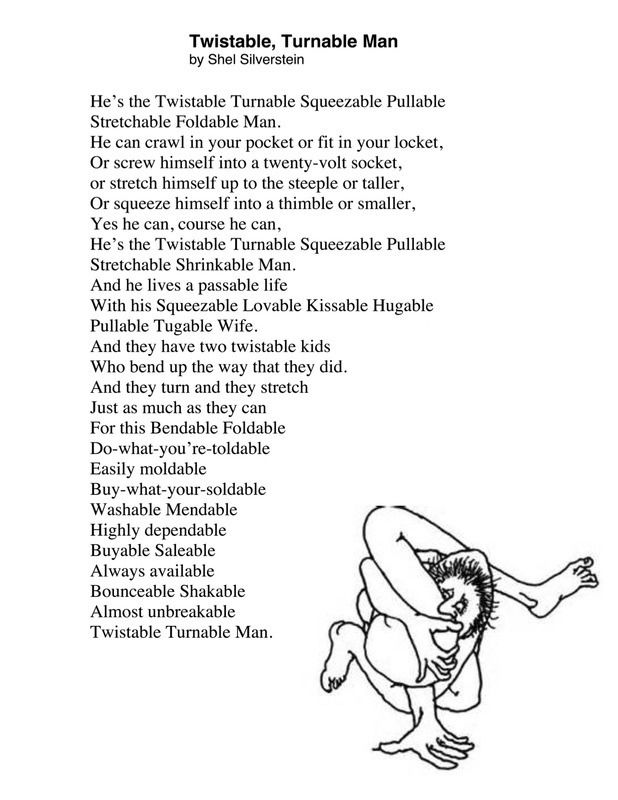Writer's Notebook - Poetry - Class 10
- Jana Yount
- Apr 6, 2021
- 2 min read
Today I wanted to try out two different scaffolds in writing poetry. Both of these scaffolds were inspired by Mentor Texts Chapter 7 (Dorfman & Cappelli, 2017). Chapter 7 is all about poetry and building an environment in the classroom that fosters the creation and expansion on poetry.
Your Turn Lesson 1 was especially interesting because each mentor text seemed so different, I didn't even notice the similarity in structure. The title of this lesson is "Creating a Color Poem."
Two examples included in the book were:
Thunderstorms by Sara
Thunderstorms turn everything loud:
loud skies, loud windows, loud sidewalks.
Loud rain thunders down onto rooftops
where children quietly stare
into the foggy loud darkness.
Blue April by Nichole
April turns everything blue:
blue raindrops, blue houses, blue streets,
Blue raindrops lock you inside
like a prisoner in a jail cell
drowning you in boredom.
Scaffold
[Thing, feeling, holiday, etc.] turns everything to [color]:
(Color word that describes three things.)
(Concluding sentence that begins with the color.)
The lesson title initially confused me as to why "Thunderstorms" was an example. The purpose of a scaffold, however, is to build a students' confidence in creating their own poems so the scaffold becomes a second nature where the writer doesn't even realize they are using it. I believe Sara is likely a more experienced writer that has used this scaffold, in its true color form, before. As experience grows, writers can become more independent and change the form to fit their needs and desires.

Your Turn Lesson 4 is titled "Creating a List Poem Focusing on Senses." This strategy uses Forest Has a Song by Amy Ludwig VanDerwater as a mentor text. This text is a collection of poems by Amy, one of which, title "Song." Here you can view Amy's book trailer for Forest Has a Song where she reads aloud the poem "Song."
Song
Under giant pines
I hear
a forest chorus
crisp and clear.
Winds whip,
Geese call,
Squirrels chase,
Leaves fall,
Trees crack,
Birds flap,
Deer run,
Twigs snap.
Silence in Forest
never lasts long.
Melody
is everywhere
mixing in
with piney air.
Forest has a song.
This strategy encouraged students to go somewhere where they may collect sounds. Maybe that place is the cafeteria, playground, park, home, or elsewhere. A sample scaffold could look like the one below, borrowing "Song"'s last line as an ending.
[The location]
I hear
___ and ___
everywhere.
[list sounds]
[the location] has a song.
My Turn---
Yellow
Sunshine turns everything yellow:
yellow curtains, yellow roads, yellow attitudes.
Yellow brings the warmth
of a million smiling faces
to even the darkest room.
Home
Outside at home
I hear
love and laughter
everywhere.
fire crackling,
siblings argue,
wind whistles,
friends laugh,
hotdogs sizzle,
dog barks.
Outside at home has a song.
References
Dorfman, L. R., & Cappelli, R. (2017). Chapter 7: Poetry. In Mentor Texts: Teaching Writing Through Children's Literature, K-6 (2nd ed., pp. 177-215). Portland, ME: Stenhouse.
VanDerwater, A. L., & Gourley, R. (2013). Forest Has a Song. New York, NY: Clarion Books.




Comments